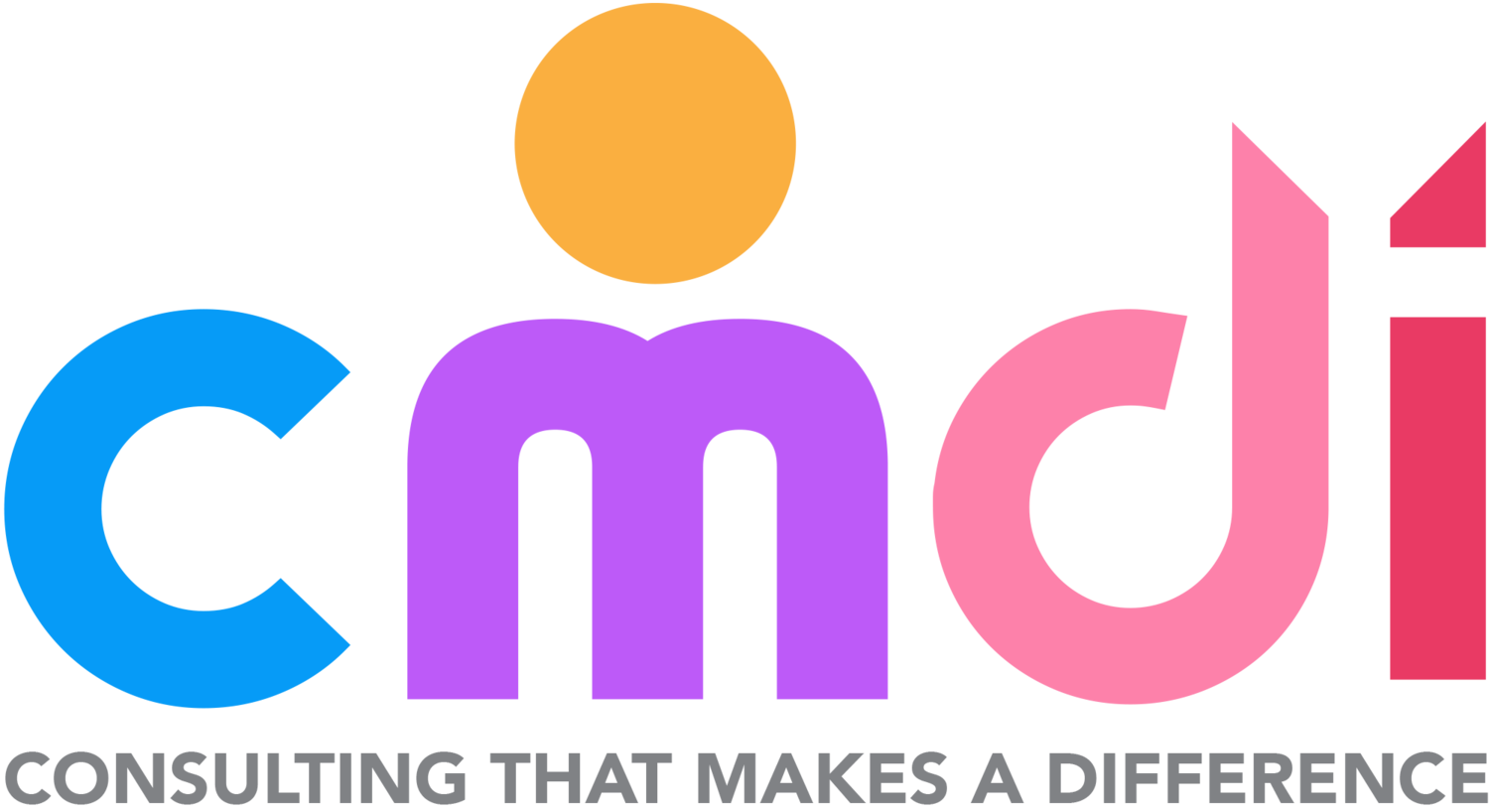The Power of Positivity
Adolescence presents many challenges which can negatively affect the classroom environment. Unfortunately, apathy, misbehavior, disruption, and poor attitudes are par for the course in middle and high schools. This is often exacerbated for students with learning, emotional, and behavioral issues. Negative student behavior can overwhelm the entire classroom and prevent any teaching and learning from taking place.
As a young educator with a challenging group, I began to doubt my effectiveness and even rethink my career choice. My training and instinct led me to understand that a more positive learning environment could be key to improving opportunities for students’ academic, social, and emotional success. Before my students could learn, they would need to feel supported. Establishing a positive, supportive learning environment is easier said than done, but there are many simple steps teachers can take that can make a huge impact. The following strategies worked well for me throughout my 32 years in secondary special education.
It’s not about me. While it is understandable to perceive verbal abuse, threats, or refusal to cooperate personally, a student’s behavior is usually not about you. Recognizing that the student is likely acting out in frustration, anger, or pain tied to more global personal issues is key to letting go of this burden. It’s not always easy in the moment, but understanding the student is probably suffering, and your class is just a place to act out on those negative emotions, will give you a better perspective. This will also allow you to better support the student and build a more cooperative rapport.
Accentuate the positive. This is the most valuable lesson I learned while student teaching. If Olivia is not doing her work, compliment Marco who is “doing such a great job following directions.” By acknowledging Marco’s good behavior, you are not only rewarding him and letting him know that his good effort is being noticed, you are also offering a gentle reminder to Olivia, while both preserving her dignity, and providing a visible model of your expected behavior. There is the added benefit to the teacher as energy is focused in a more positive direction.
Have students set the rules. On the first day of any school year, I would devote time to establishing a social contract with the students. I made it clear that there would need to be assignments and assessments, but they could help design the learning environment. I then asked students to tell me how they wanted to be treated in class by me and their peers. Invariably, students would ask for a class that was respectful, cooperative, fair, and fun. This left no room for bullying or disrespect. I would then type it up, provide student copies and post a large copy on the front wall for the year. Their words, not mine.
Make positive contacts. This was probably the most important, fulfilling, and easiest thing I ever did as a teacher. Whenever I needed to call a parent to discuss an issue (poor attendance, failing grades, acting out), I would follow up by immediately contacting another child’s family to let them know how much I appreciated their child in class. This was another way to force me to focus on the good that was happening in my classroom. These calls made three people extremely happy, the student, the parent, and me. Parents don’t expect such calls from school and were usually surprised that a teacher would take the time for this. Engaging positively with a parent about their child is such an uplifting experience, it is always time well spent. When you do this, you gain credibility and build a collaborative, productive rapport that will carry throughout the year. If months later, you need to contact the same family with an academic or behavioral concern, the message is more likely to be received in a constructive manner.
Teenagers will always provide us with some behavioral challenges, especially in our constantly changing learning environment. However, I believe these strategies can be incorporated into any educational setting. They are easy to implement and worked wonders for me, keeping me smiling and loving my job until my last day in the classroom. I take no credit for them, as I learned them along the way from some amazing colleagues, supervisors, and mentors. If you are finding yourself overwhelmed by negative student behavior, try implementing some of them and see if it helps move your teaching in a more positive direction.

